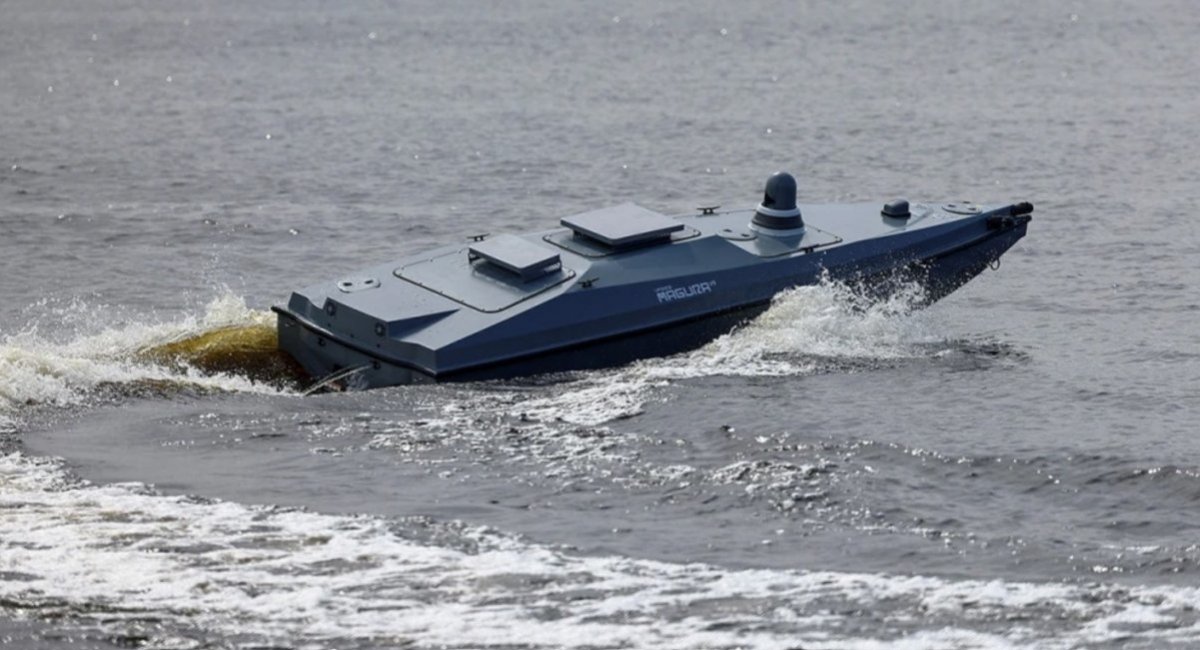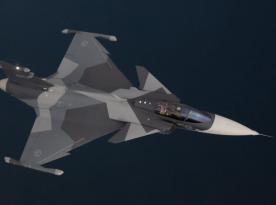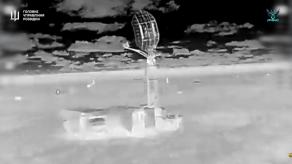Defense Intelligence of Ukraine has presented another video showcasing the operation of Magura V5 naval drones against russian military vessels near Crimea. The attack was carried out on the night of June 6th, 2024, with the target being either Saturn or Protey roadstead tugboat of Project 498 class.
The ship was caught off guard in Lake Panske, next to Vuzka Bay connected to the Black Sea, where attacks by Ukrainian naval drones have already become commonplace: the russian invasion forces had lost two boats of the KS-701 Tunets–class on the same spot a few days prior, and before that also a patrol boat of Project 12150 Mangust.
Read more: russia Conducts Mysterious Operation at Tsiklon Corvette Sinking Site
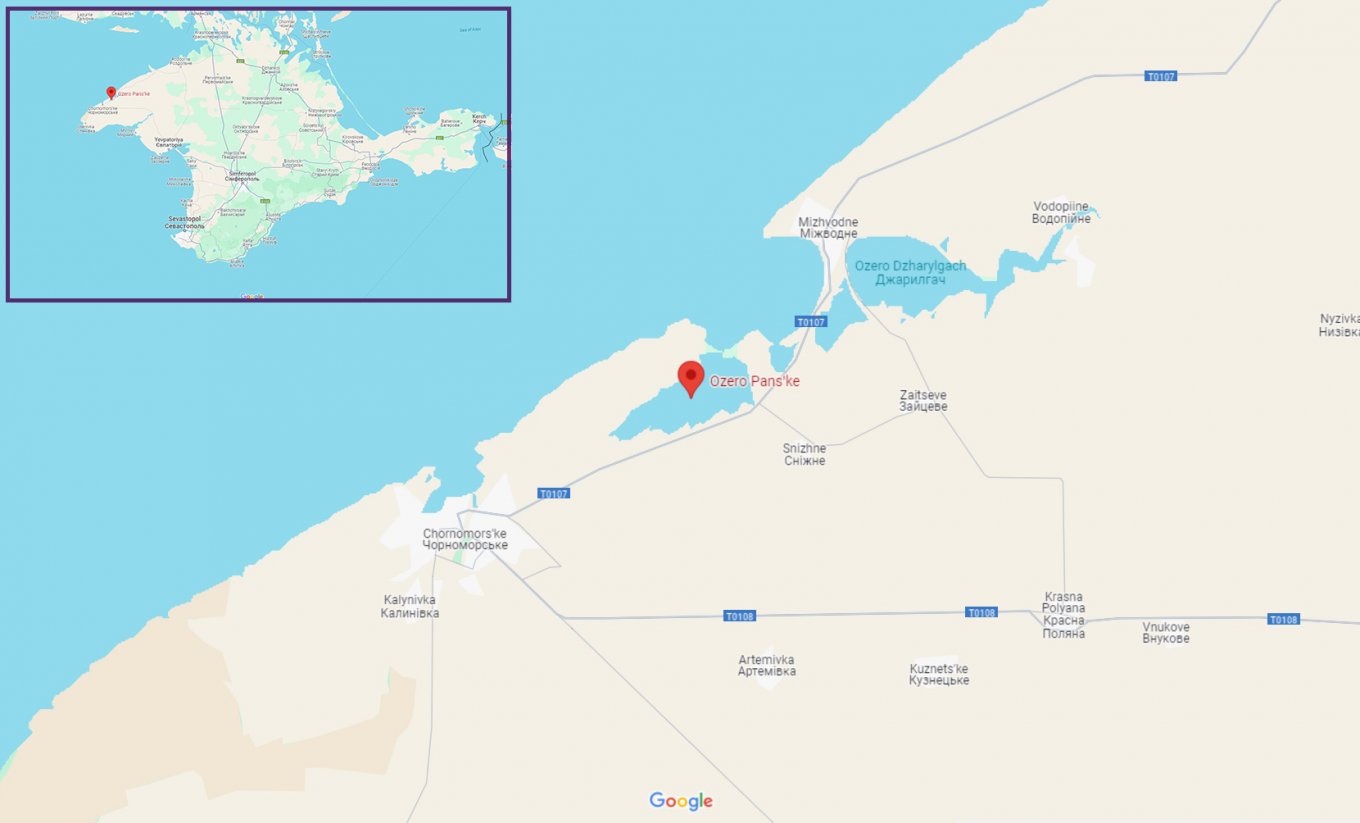
Despite the success in this mission, with the Saturn tugboat having sunk, the loss of a roadstead tug can hardly be called critical for the russian navy. After all, it really is an ordinary tugboat, no weapons, no special features.
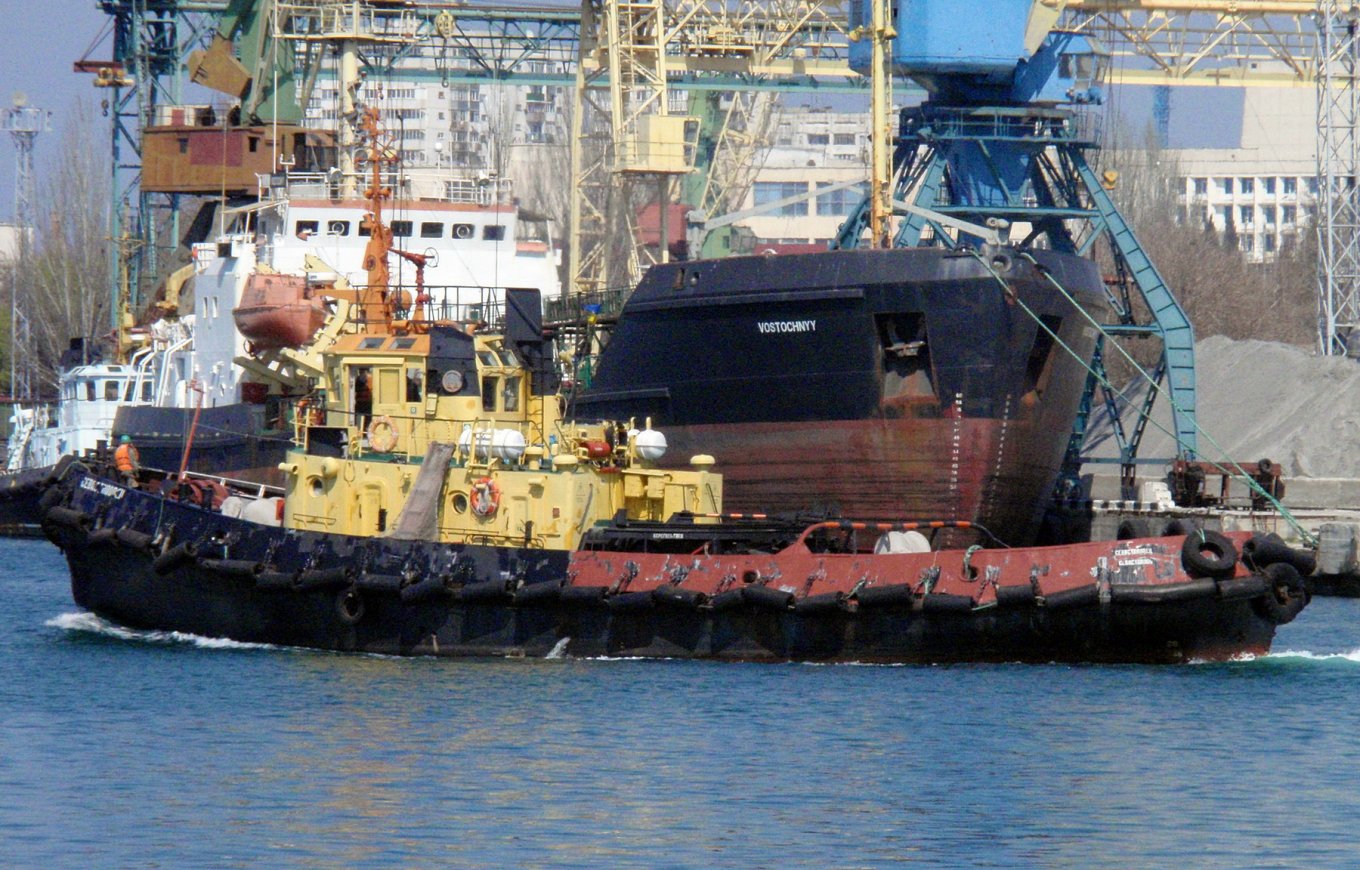
But what deserves attention about this attack is that apparently, during the execution, the Ukrainian drones and their operators worked out overcoming the boom barricades. These physical barriers were set up by russians to prevent Magura V5s and other unmanned boats in Ukraine's arsenal from entering strategic water areas hosting the most important naval assets, like missile carriers, submarines, landing craft, etc.
The video was filmed by one of the Magura drones, and if we look through it closely, we'll see a sea drone sail by, and then, 17 seconds into the video, another kamikaze drone explodes ahead.

Immediately afterward, the operator quite carefully navigates the drone into the opening made in the barrier and thus enters the bay.
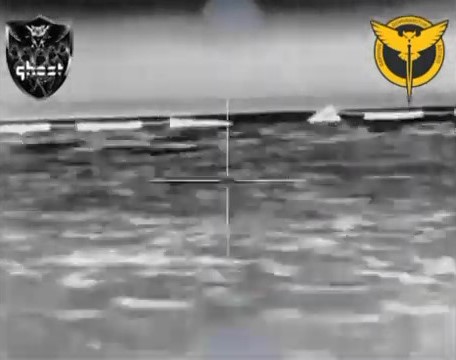
Next is the already well-known depiction of multiple explosive boats colliding into their targets. Although the video shows Magura V5s approach two different tugboats, followed by "connection lost," apparently due to detonation. However, the Ukrainian Defense Intelligence declares the destruction of only one.
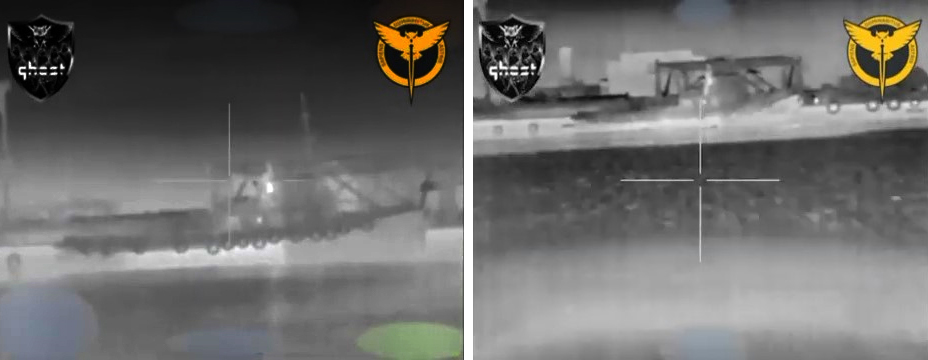
Therefore, the key aspect about this episode is the training at creating a passage in boom barriers, which, in practice, turned out to be quite possible. Defense Express reminds that such barriers were seen blocking the entrance to the Sevastopol Bay in Crimea and, most likely, they are deployed at the russian navy base in Novorossiysk, too, where all the big targets — combat ships — are currently stationed.
Another detail to keep track of is that russian forces, in an attempt to cover their submarines from potential aerial drone strikes, keep them in a semi-submerged state, which makes them an excellent target for Ukrainian unmanned surface vehicles.
Read more: Satellite Shows Two russian Submarines Semi-Submerged at Novorossiysk Base




